In many vehicles, the Heater Coolant Control Valve and the Automobile Heating Control Valve work hand in hand to regulate coolant flow into the heating core (heater core), thereby determining how warm the cabin becomes. When one or both of these valves malfunction, you may face weak heating, inconsistent temperatures, or coolant leaks.
1. How These Valves Work Together
Before troubleshooting, it’s useful to reiterate how the two valves operate in tandem:
The Heater Coolant Control Valve primarily regulates the volume of hot engine coolant that enters the heater core.
The Automobile Heating Control Valve (sometimes used more broadly) ensures overall regulation of coolant flow within the heating and HVAC circuits.
If either valve fails—for example, becomes stuck open or closed, leaks, or loses control signal—the heating performance can suffer. Diagnosing problems effectively involves isolating which valve (or both) is misbehaving.
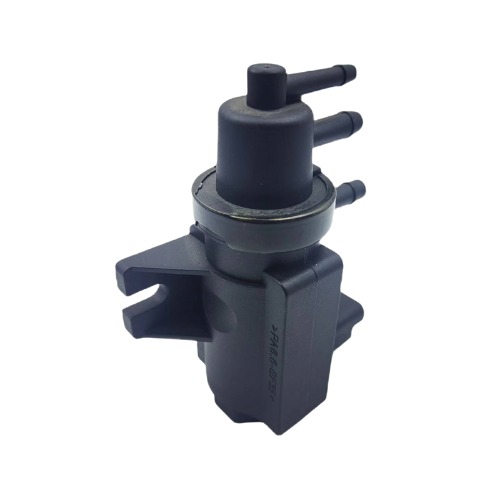
2. Common Symptoms Indicating Valve Issues
Here are some frequent symptoms users report, which often prompt questions on forums and Q&A platforms:
Weak or no heat output, even when the engine warms up.
Erratic or fluctuating cabin temperature.
Coolant leaks around the valve area.
Overheating engine due to blocked coolant paths.
The HVAC blower vents cold air on one side (passenger or driver), while the other side blows warm.
Heating always on (you can’t turn it off), suggesting the valve is stuck open.
These symptoms often overlap, so a systematic approach is needed to pinpoint the failing component.
3. Step-by-Step Troubleshooting Guide
Here is a methodical approach to diagnosing issues with the Automobile Heating Control Valve and Heater Coolant Control Valve:
3.1 Inspect for External Leakage or Damage
Visually check around the valve, hose connections, and mounting points for coolant drips, stains, or wetness.
Corrosion, cracks, or degraded seals on the valve body are red flags.
3.2 Touch-Test Valve Temperature Variation
When the engine is warmed and the heater is on, feel the inlet and outlet hoses of the valve. If both are equally hot (and no flow restriction exists), it may indicate that the valve is stuck fully open or shorting the system.
If one side is hot and the other is cooler (or lukewarm), the valve might be partially closed or clogged.
3.3 Electrical or Vacuum Signal Check (for controlled valves)
In many modern cars, one of these valves is electrically or vacuum-operated. Check whether the control system is sending the correct signal.
For instance, some BMW users found that the heater control valve should get 12 V to close; if power is present but hot air persists, the valve may be faulty.
3.4 Monitor Heater Behavior During Operation
Try switching between heat / no heat / AC modes while monitoring changes in airflow temperature and hose behavior (does a hose “jump” or pulse?).
Some BMW owners reported that one heater core hose “jumped” because the valve was oscillating or faulty.
3.5 Check for Blockages or Internal Valve Sticking
If everything else checks out but the valve fails to regulate, there may be internal buildup (rust, scale, debris) that prevents proper movement.
Removing the valve (if safe) and checking its internals or using compressed air can sometimes restore partial function, though replacement is safer in many cases.
3.6 Test for Engine Overheating or Heating System Impact
A blocked or stuck valve may restrict coolant flow so much that the engine’s cooling circuit is impacted.
Monitor engine temperature and heater performance simultaneously to see if there’s a correlation.

 English
English русский
русский Español
Español

 View More >>
View More >>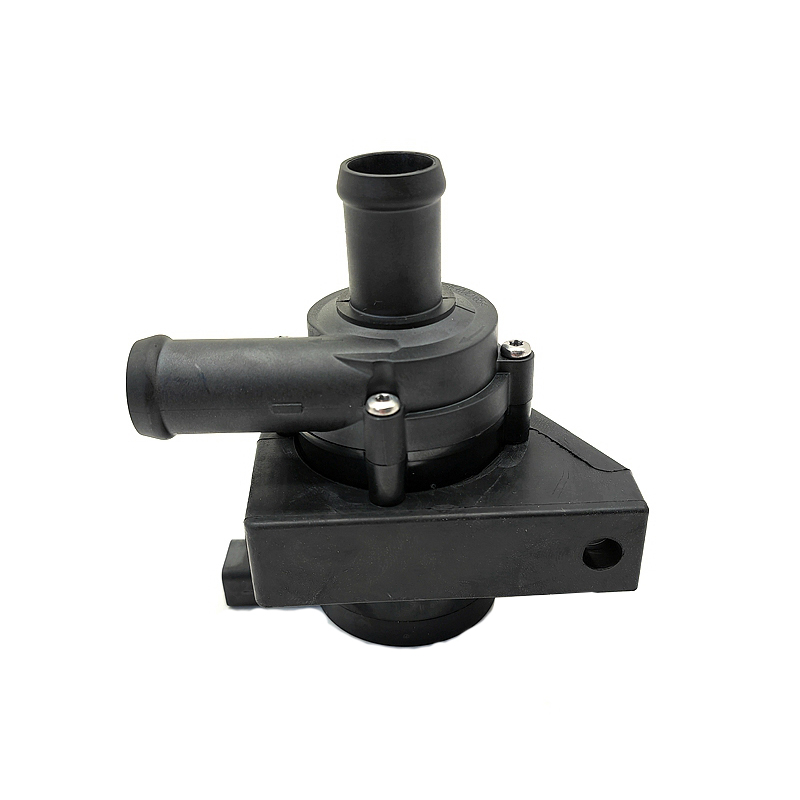 View More >>
View More >>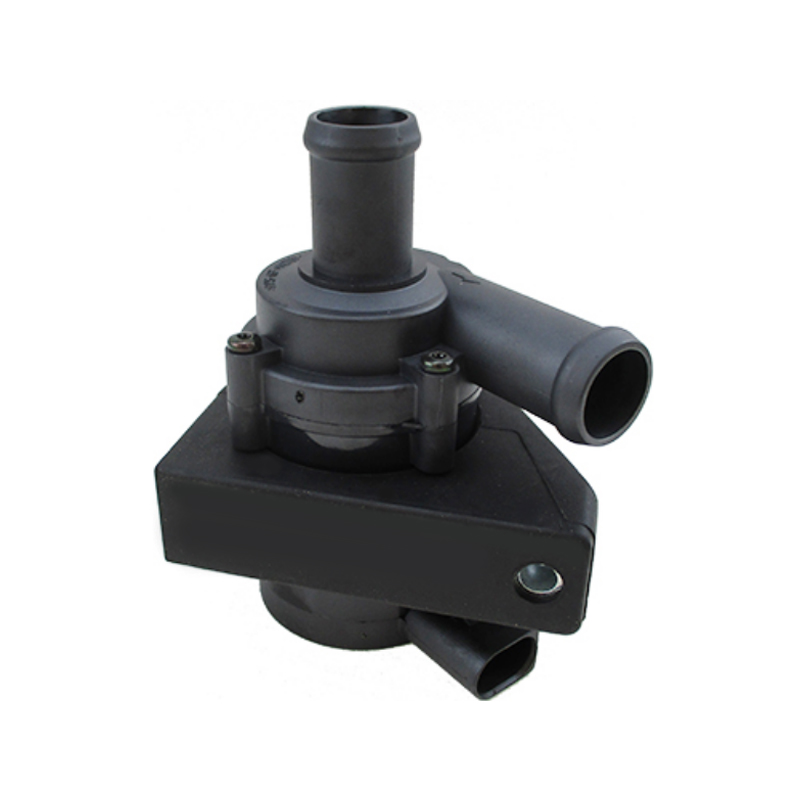 View More >>
View More >>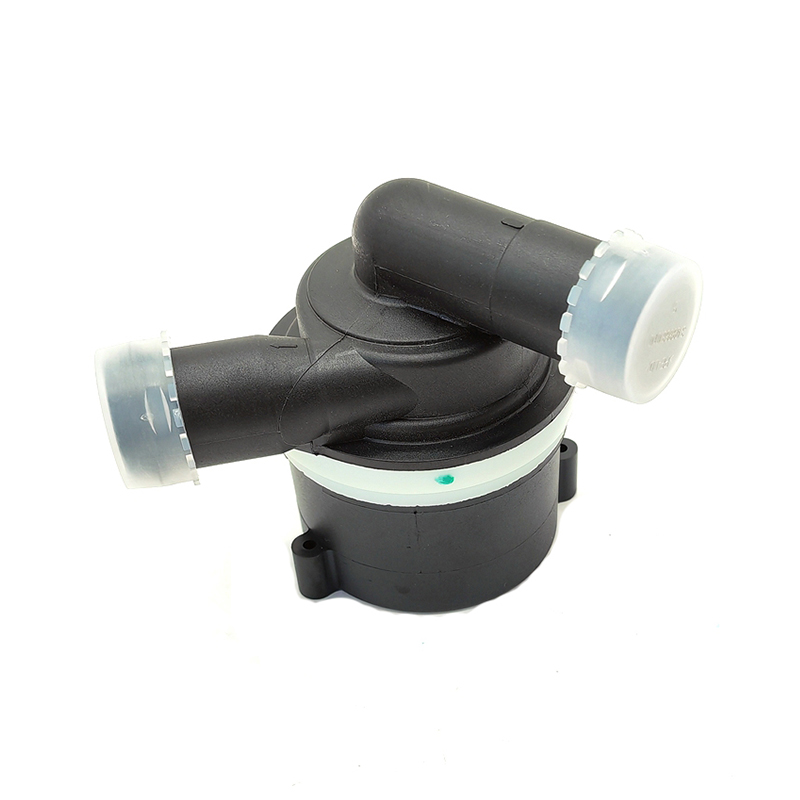 View More >>
View More >>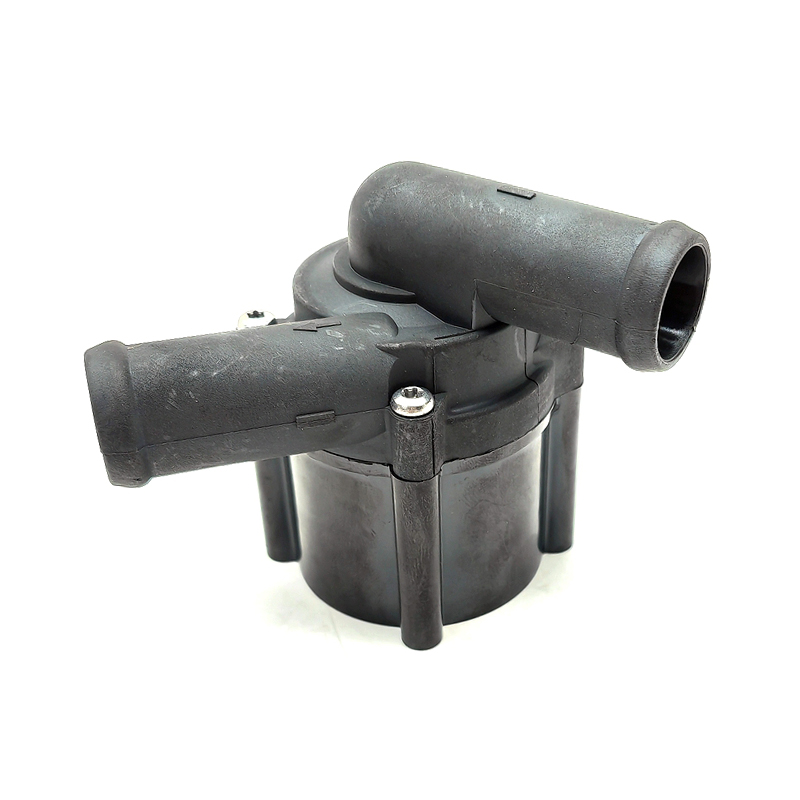 View More >>
View More >>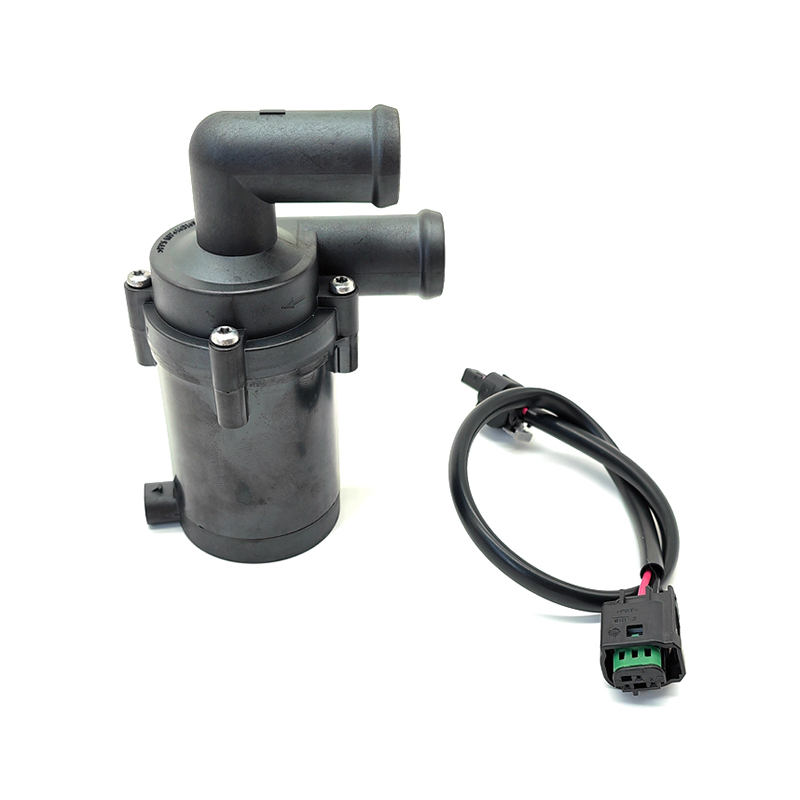 View More >>
View More >>